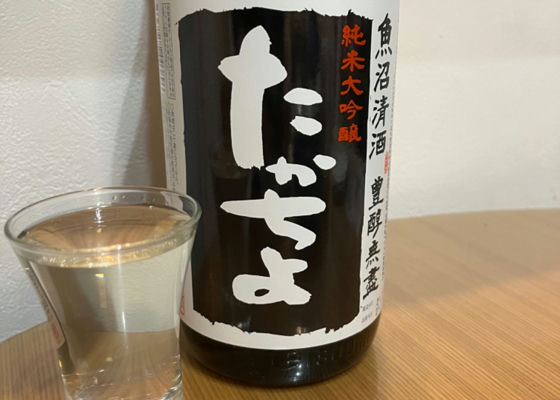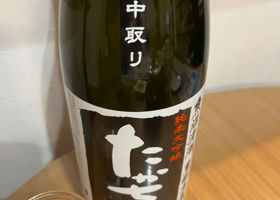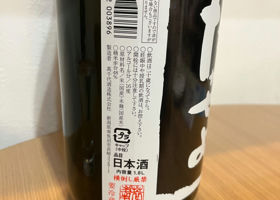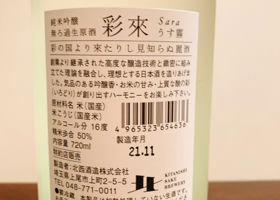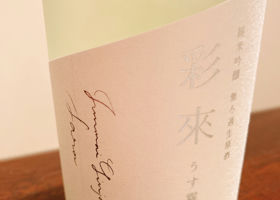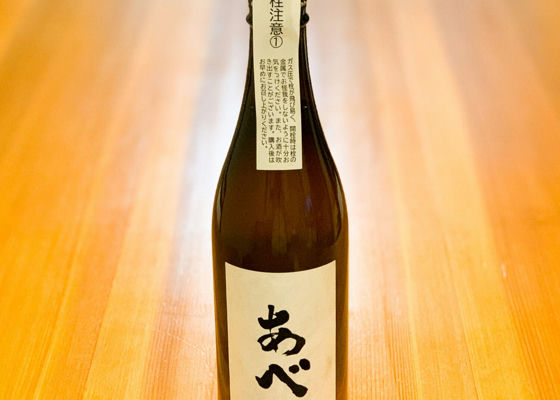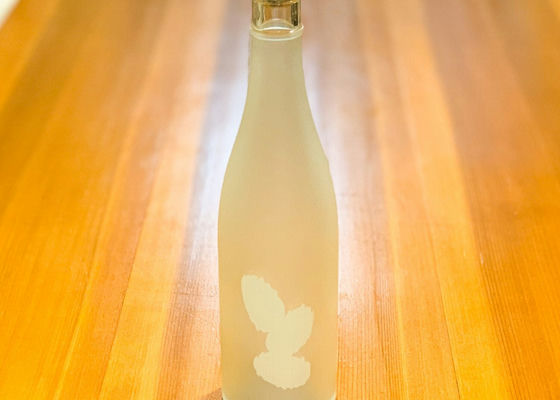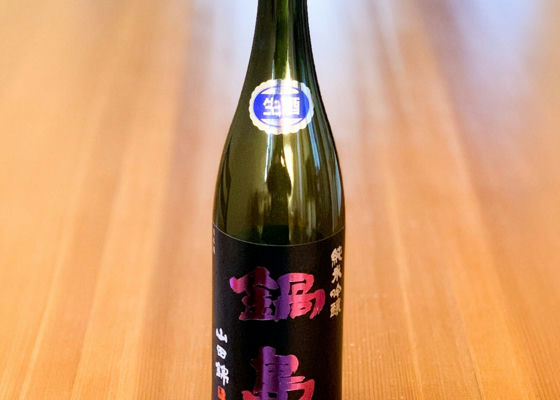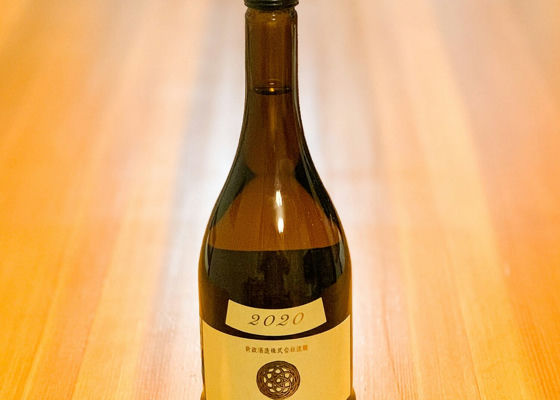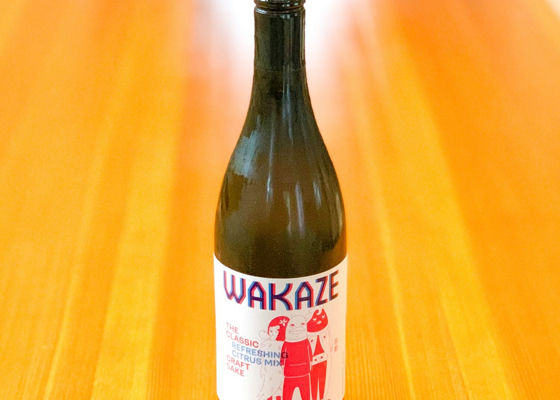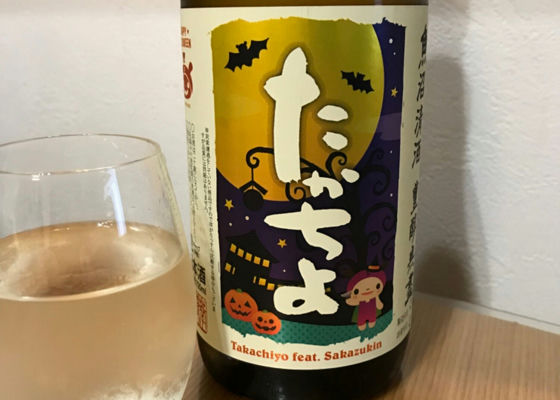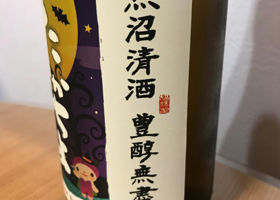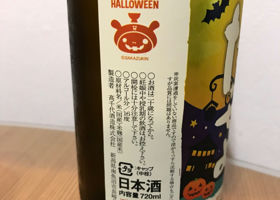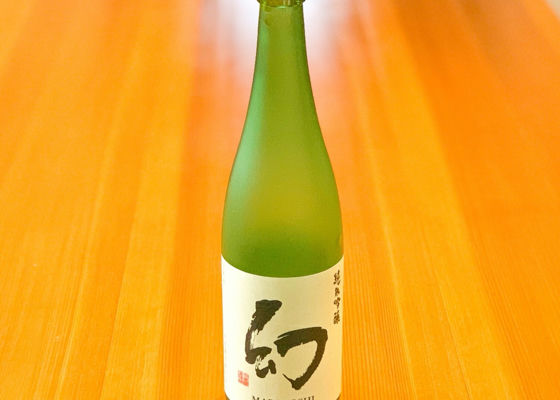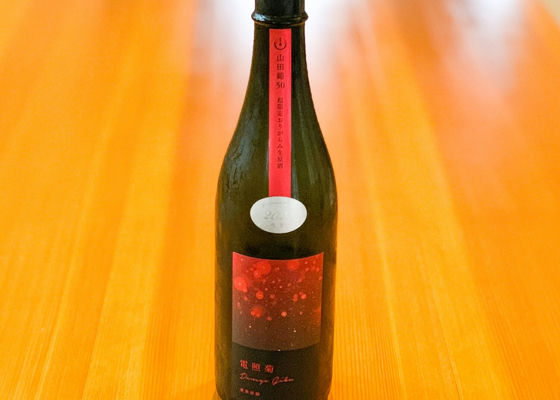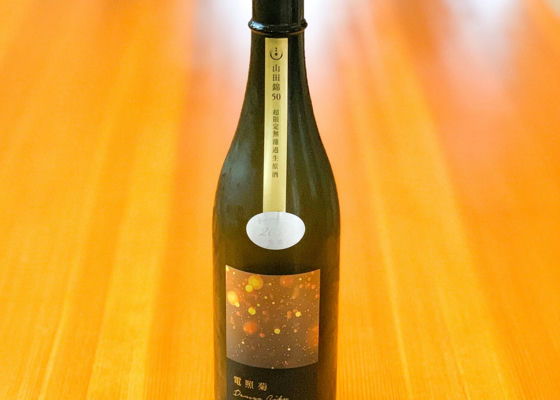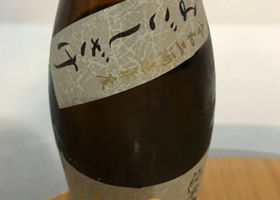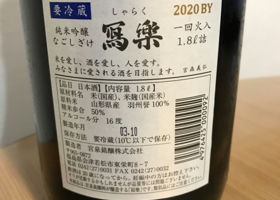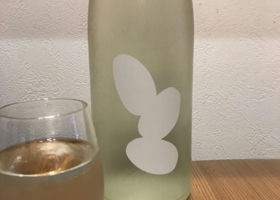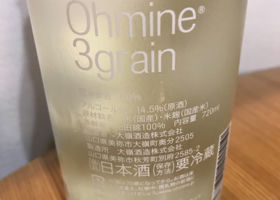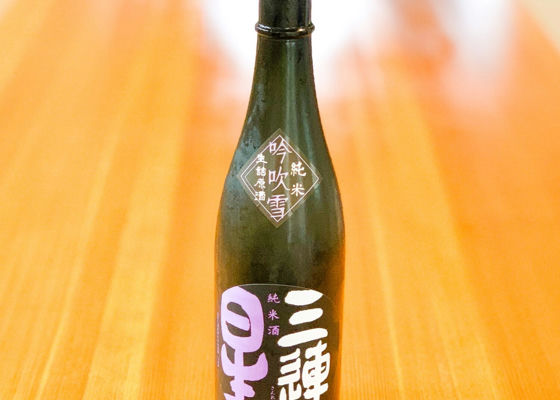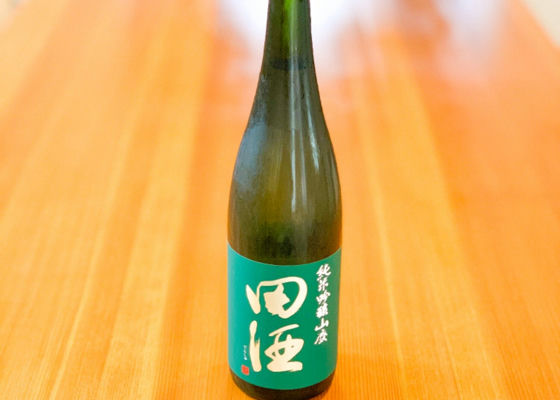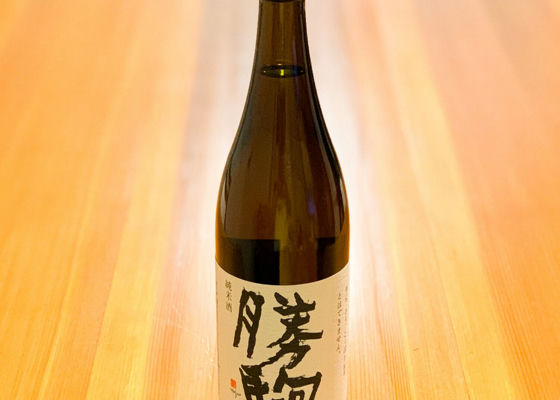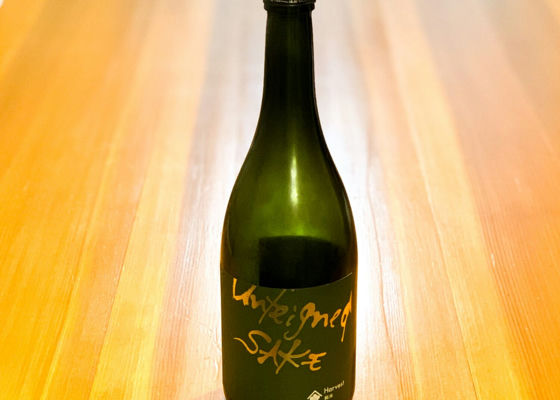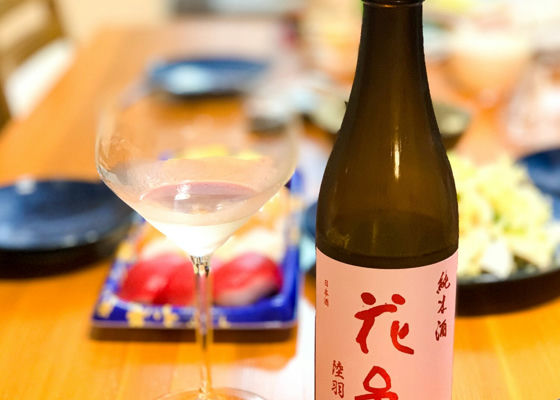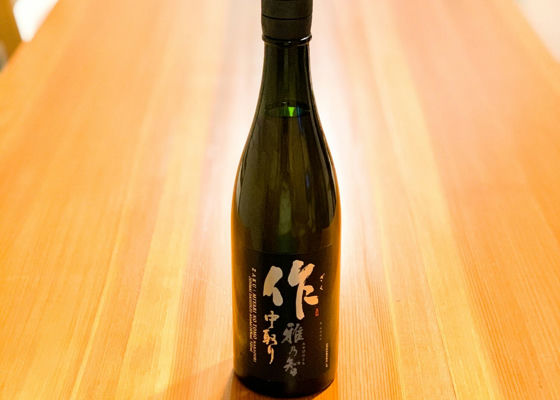Timeline
酔nosukeWhen you take a sip, your mouth will be filled with sweetness and flavor as if you were eating a perfectly ripe pineapple. After that, there is a moderate sour bitterness that spices things up and leads to the final lingering taste.
It has the rich flavor of unpasteurized sake, but it has a perfect balance, so you can drink it without getting bored.
I bought it in a bottle, so I'll enjoy it a lot with free refills ☺. Saraうす霧 純米吟醸 無濾過生原酒純米吟醸原酒生酒無濾過にごり酒 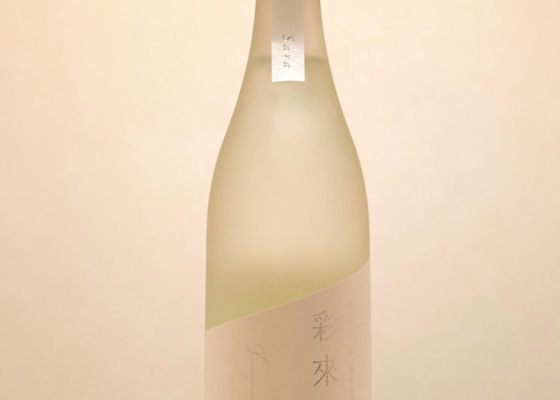
flos_lingua_est
Thank you very much for coming back! I was going to drink Bunraku, another brand from the same brewery, but the light cloudiness caught my attention, so I bought it!
The initial aroma is surprisingly alcoholic, but it also has a sweetness to it. It's more of a classical image, but when you take it in, whether it's because of the aroma or the acidity, it gives you a modern grape-like impression. The overall impression is that of a wine.
It is characterized by its sweetness and the fact that the sweetness is gentle and not unpleasant. I think it's very rare to find a drink that is sweet and tasty, and sweet and drinkable, so I think it's a perfect balance. I think everyone will like this one!
The acidity gives it a surprisingly refreshing impression, and according to reviews from retailers, it was a little less acidic and juicier last year. It's up to each person to decide which they prefer, but I've only had this year's, and I recognize it as a surprisingly refreshing drink. Maybe that's why I can drink so much of it.
On the third day, it turned out to be preferred by sake lovers rather than anyone. 
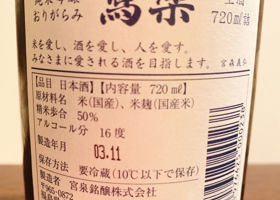
flos_lingua_est
This was one of the bottles that was recommended to me by a liquor store last year. When I didn't buy it at the time, it sold out very quickly, and I wanted to buy it this year.
The aroma on the nose is banana-like, which is typical of Collage Collage.
On the first day, it doesn't have much sweetness, but the umami is much stronger, and it's the type of sake that makes you think it's sweet for a moment. Wakakoma also has this characteristic.
The way the flavor deepens from the aroma and rich umami to a slight sweetness and then a bitterness after you taste it is one of the signature features of Collage Collage.
The energetic and fresh mouthfeel is really like new sake, and it is very fresh and stimulating to my palate this year after drinking a lot of autumn sake.
The third day was my favorite, especially because of the balance of the overtones! Compared to the first day, it has become more melon-like and sweeter, so the rest is a matter of taste. The rest is a matter of taste. If you like banana scents, you might want to avoid drinking too much from the time you open it until it's ready to drink! YuichiroSlightly carbonated and light with sweet, sour and bitter flavors.
It is a balanced type.
★★☆☆ YuichiroThe sweetness is low. It feels more lactic to me than fruity. Low alcohol and slight carbonation. The bitterness comes slowly at the end, and the sweetness is strong from the third glass. It's also interesting.
★★★★ YuichiroIt feels a little drier than the Nabeshima we drank before.
★★★☆ YuichiroLactic acid sweet and sour.
★★★★ YuichiroSourness and astringency like wine.
It's not quite sake, but it's interesting.
★★★★ 酔nosukeToday, we have a Halloween label of Takachiyo 🎃.
It has a pear-like aroma and sweetness. It's unfiltered, unpasteurized sake, so it has a fresh and rich taste. At the end, there is a slight bitterness, which is also exquisite! It's a light and refreshing drink that will keep you drinking👍.
This is the perfect sake for the last day of October, when the weather is getting colder and colder😋. YuichiroJunmai Ginjo sake brewed with Hiroshima's Hachitan Nishiki.
The alcohol content is 15% and the rice polishing ratio is 55%.
The flavor of the rice blossoms when served lukewarm.
Sake YuichiroHello, kzsh1017!
It has no habit and is easy to drink. The sourness is not so much and it is mild. YuichiroDenshogiku of Kankiku.
Junmai Daiginjo/Yamadanishiki Polishing ratio 50%Origarami unfiltered raw sake.
It is slightly carbonated and has a fruity aroma. The lactic acidity adds to the flavor. In my opinion, I like the Origarami better!
★★★★☆ YuichiroDenshogiku of Kankiku.
Junmai Daiginjo / Yamadanishiki Polishing ratio 50% unfiltered raw sake.
Slightly carbonated with a fruity aroma. The taste is light. It's easy to drink!
★★★★☆ 酔nosukeLast year's Nagoshi Zake was so good that I bought a bottle this year.
On the first day of opening the bottle, the aroma is gentle. The first sip has a strong sourness, followed by umami and bitterness. The aroma that comes through the nose gives a good sense of maturity. However, the acidity, umami, and bitterness are independent and do not seem to have a sense of unity yet.
However, after 3 days of opening the bottle, the sourness decreases, the umami and bitterness fuse together, the taste becomes more rounded, and the aroma increases. This is what I wanted to drink🎶.
I'm going to enjoy Nagoshi Zake a bit more while drinking it slowly ☺️. 酔nosukeThe 2021 season kicks off tonight with Ohmine.
It has a fruity sweetness and dark umami flavor that fills the mouth, and a fresh aroma that runs through the nostrils.
It's a Junmai Daiginjo class sake with a 50% rice polishing ratio and a low alcohol content of 14.5 degrees, so it's easy to drink despite its rich flavor.
It's so delicious that you might end up drinking too much of it☺️. YuichiroIt is calm, and it snaps loosely in the latter half.
Very good. YuichiroI thought it might have a Yamahai feel to it, but it has the outstanding stability of a Tasake. Delicious!
★★★★ YuichiroKatsucoma from Seito Sake Brewery in Toyama Prefecture.
It's not an easy sake to find, so you're really lucky to be able to buy it and go home.
The rice polishing ratio is 50%. The alcohol content is 16 degrees.
The impression of the sake is that it is classic, yet clean and crisp.
It is truly a luxury to be able to enjoy a delicious sake.
★★★★ YuichiroAs usual, I went to Matsuzaki Nakafuku Honten.
It's always nice to ask the owner for a recommendation. "I said, "I haven't drunk much, and I'd like to know what kind of sake you recommend. I told him, "I haven't had many sakes and I'd really like to know what you recommend.
"It's a seasonal Junmai from the Umenojuku Un series, polished to 70%, with an alcohol content of 16%.
It has a mild aroma and taste. We recommend drinking it at room temperature or lukewarm rather than cold.
I'll be back! YuichiroHanaup from Ryoseki Brewery in Akita Prefecture. The rice is Rikuwada. The rice is polished to 55% and the alcohol content is 15%.
It used to be sold in 1-square-bottle bottles, so it was hard to make the decision, but recently they started selling it in 4-square-bottle bottles, so I finally brought it home.
It has a full-bodied aroma, and from the first sip, the sweetness and the flavor of the rice jump out at you. The acidity is almost non-existent, and the finish is gentle.
Overall, it's elegant and well balanced!
★★★★
YuichiroSaku Ganochi Junmai Daiginjo Nakadori. It is made with all of our own yeast and Yamadanishiki, polished to 50%, once-heated, unpasteurized, and has a 16% alcohol content.
It is juicy even though it has been heated!
It is characterized by a gorgeous aroma and a clear taste. As it approaches room temperature, the aroma and sweetness increase.
Ah, delicious!
★★★★ RecommendedContentsSectionView.title
